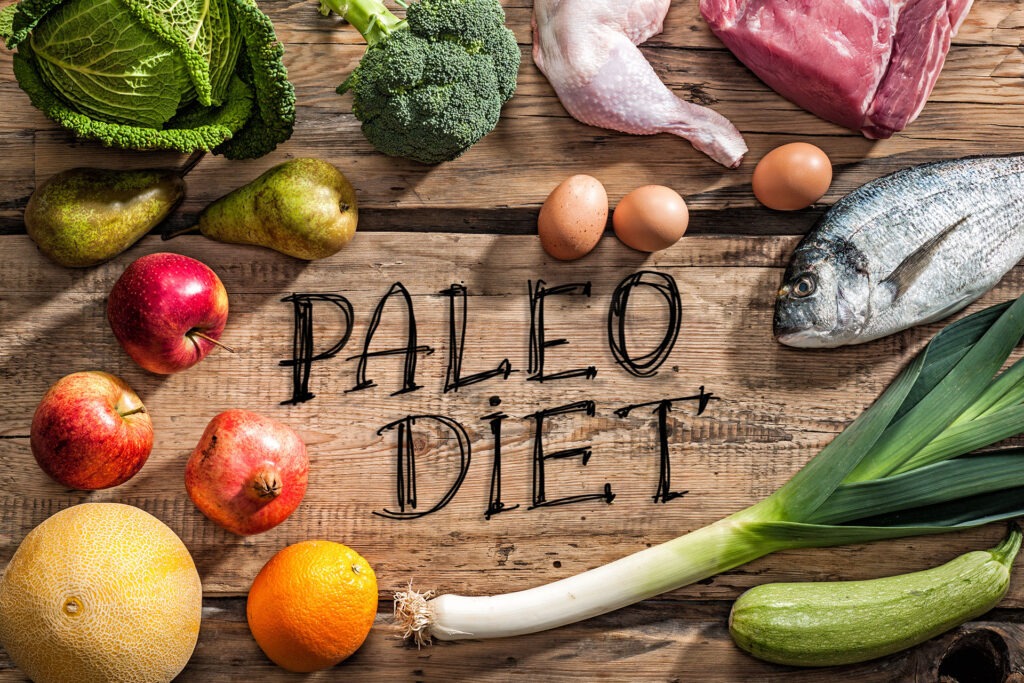
The global paleo food market is experiencing remarkable growth, with an estimated value of US$ 11.2 billion in 2023, projected to rise to US$ 19.4 billion by 2033, representing a robust 5.6% compound annual growth rate (CAGR). This expansion is driven by shifting consumer lifestyles, increasing disposable incomes, rising health consciousness, and growing concerns regarding obesity and chronic health conditions.
Consumers are increasingly gravitating towards natural and healthy food options, fueling the demand for paleo food products. The Paleo diet, with its focus on whole, unprocessed foods, resonates with individuals seeking nutrient-rich options to improve their physical and mental well-being. This demand is further amplified by the availability of a wide range of paleo-friendly products, including meats, vegetables, fruits, and nuts, catering to diverse dietary preferences.
Dive Into Knowledge Excellence See Our Report Sample For Invaluable Insights: https://www.futuremarketinsights.com/reports/sample/rep-gb-12723
Several factors contribute to the growth of the paleo food market. Rising consumer expenditure on healthful food items, driven by changing lifestyles and growing awareness of nutrition, is a significant catalyst. Additionally, the surge in obesity rates and associated health concerns, coupled with the appeal of the paleo diet’s purported benefits, further propel market expansion. The proliferation of new paleo-friendly recipes, endorsements from celebrities, and innovations in product offerings contribute to sustained growth in the market.
Key Market Insights:
- North America’s Dominance: North America is poised to dominate the paleo food market, with the United States expected to achieve a market size of US$ 6.9 billion by 2033, driven by collaborations, rising obesity rates, and health-conscious consumer trends.
- UK’s Rising Receptivity: The United Kingdom is witnessing a surge in paleo food adoption, with a projected market size of US$ 816.4 million by 2033, fueled by increasing public attention towards Paleolithic nutrition and growing awareness of its health benefits.
- China’s Market Potential: China’s paleo food market is forecasted to reach US$ 1.4 billion by 2033, driven by rising consumer interest, celebrity endorsements, and the development of innovative paleo-friendly recipes to cater to sophisticated dietary preferences.
- Japan’s Return to Tradition: Japan is experiencing a resurgence in paleo food consumption, with a market size expected to reach US$ 1.1 billion by 2033, as consumers rediscover the health benefits of traditional paleo-like diets and seek natural nutrient-based ingredients.
- South Korea’s Health Consciousness: South Korea’s paleo food market is projected to generate US$ 700 million by 2033, driven by a health-conscious population, accessibility to organic products, and increasing awareness of the Paleolithic diet’s benefits.
Growing Demand for Paleo Vegetables
Paleo greens are anticipated to stay the favored meal alternatives as a result of growing fitness consciousness among consumers. Increased preference for natural nutrient-based ingredients and increased awareness of the health benefits of vegetables are also boosting the demand for vegetables. Regenerative agriculture is similarly fueling the segment’s enlargement over the forecast period.
Players along with Danone North America and Stonyfield have pooled economic assets to increase a study framework to investigate the effect of regenerative agriculture. Also, in March 2019, General Mills introduced the initiation of studies, training, and schooling in this field.
Recent Developments by Key Players:
- The Paleo Diet, LLC and Where Food Comes From, Inc.: In March 2022, these companies partnered to offer an industry-leading paleo food certification, the only one recognized by Dr. Loren Cordain, the founder of the modern paleolithic nutrition movement.
- Caveman Foods: In September 2019, Caveman Foods introduced three new flavors of Grain-Free Granola, offering real foods like seeds and nuts, sweetened with coconut sugar and maple syrup.
